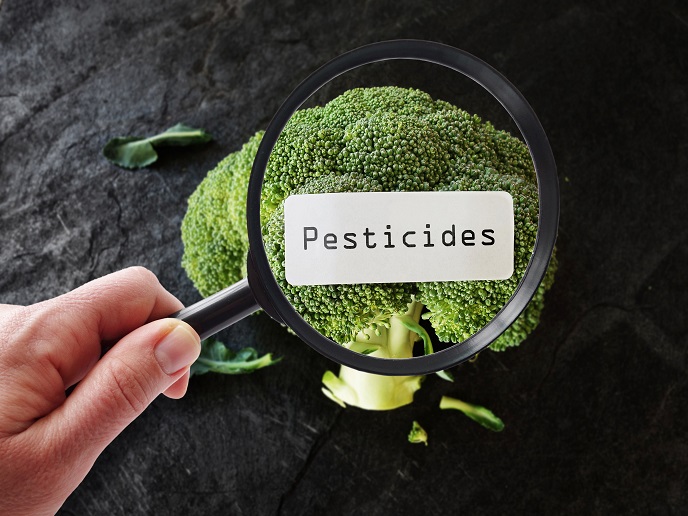Innovative, targeted phage therapy eradicates fire blight disease
Fire blight is a devastating bacterial disease, caused by Erwinia amylovora, that affects many plants in the rose family, especially pome fruits like apples, pears and quinces. Originating in North America, it spread to Europe in the 1950s and is now found worldwide, causing significant crop damage each year – infecting blossoms and killing fruit spurs and tissues. Despite strict regulations, it remains the most destructive disease in pome fruit orchards. The EU-funded PhageFire project sought to improve control of fire blight in pome fruits by developing a biopesticide using bacteriophages – natural viruses – that specifically target Erwinia amylovora strains. These bacteriophages utilise lytic activity, meaning that they can penetrate and break down the bacterial cells responsible for fire blight.
An eco-friendly alternative to managing fire blight
“Next season we are introducing, for the first time in the market, a safe, non-toxic solution for pome fruit growers to combat fire blight using phage therapy,” notes project coordinator Borja de Santos Prieto. “PhageFire is a carefully crafted cocktail containing selected bacteriophages specifically targeting Erwinia amylovora bacteria, without affecting other organisms. Our product can reach the bacteria wherever they are found – on flowers, branches, wood, cankers and other host species – they do not just compete for space,” adds de Santos Prieto. “It is environmentally friendly and does not generate resistance, aligning with sustainable agriculture practices promoted by the European Commission.” Furthermore, PhageFire comes in a liquid form that is easy to apply using typical agricultural equipment.
Overcoming challenges
Bacteriophage characterisation involved intensive laboratory work. It started with isolating the bacteriophages and identifying their genes, followed by testing their lytic ability and enhancing their strength against adverse environmental conditions like ultraviolet radiation. Extensive literature research was also performed to identify the best ways to protect these cocktails in the laboratory, ensuring they perform well in the field. Project partners conducted over ten field trials in pome fruit orchards according to European standards. The industrial production technology is now ready to satisfy demand, with the capability to produce PhageFire in large biofermenters of 5 000 litres.
Bright prospect for phage therapies
Despite its long history, phage research and applications are still a burgeoning field with immense potential. “As phage therapy is really new at the moment, our industrial partners have successfully developed a cutting-edge product, positioning PhageFire as a reference solution in the market for tackling fire blight – a problem that previously lacked a specific remedy,” states de Santos Prieto. Thanks to the expertise of industrial partners in bacteriophage applications, there is potential to develop similar technologies for other issues. As the project coordinator outlines, current methods are costly and involve removing infected branches, uprooting trees, using copper-based sprays or non-targeted treatments that fail to eliminate the bacteria. Growers are therefore forced to live together with fire blight bacteria, which leads to unavoidable economic and production losses. “PhageFire takes a step further by killing bacteria, effectively eradicating the disease altogether. It leaves no residue as the bacteriophages degrade naturally once the bacteria are gone. This helps improve the productivity of pome fruit growers, ensuring a reliable fruit supply,” concludes de Santos Prieto. Consumers can therefore benefit from more consistent availability and potentially better prices, while also enjoying healthier fruit owing to the reduced need for chemical treatments.
Keywords
PhageFire, fire blight, pome fruit, bacteriophages, Erwinia amylovora, phage therapy, targeted







